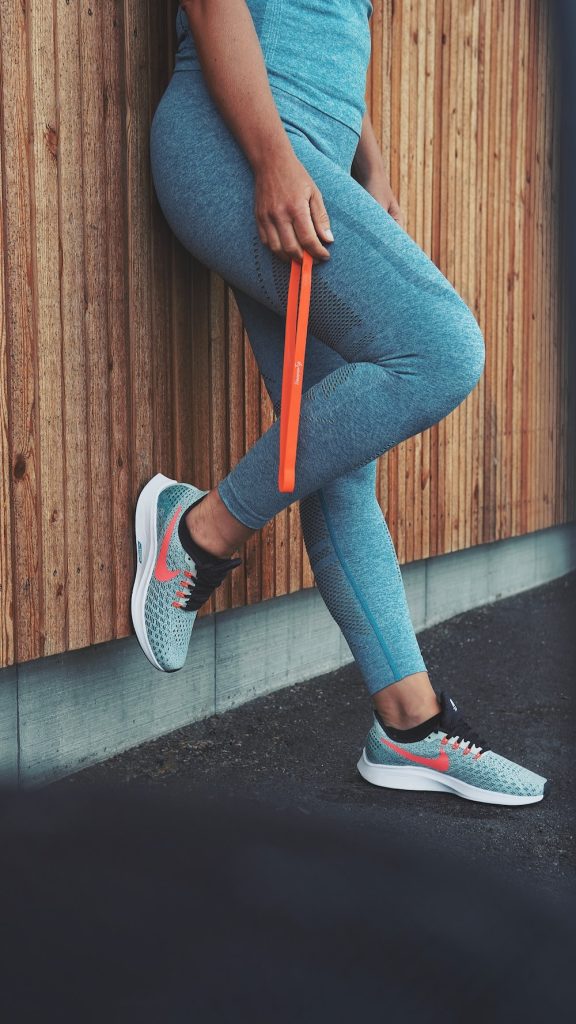Welcome to Part 2 of our flow series! In my last blog, I defined flow. Here I will describe some things we can do to increase the likelihood of experiencing flow. To best set the stage for the onset of flow we must look to the antecedents of flow. Antecedents of flow are factors that are correlated with the onset of flow, that is, they are what tends to occur before flow occurs. Several known antecedents are task interest, concentration, challenge-skill match, clear goals, and unambiguous feedback.

1. Task Interest: It may come as no surprise that having interest in a task increases one’s engagement in the task. We are more likely to become fully focused and enter into flow while engaged in the task if we already enjoy the task. This is also true if we simply find the task important and/or are invested in its completion. However, this does not mean we cannot enter into flow in more mundane activities. For example, Csikszentmihaly (eg. 2008) interviewed several individuals who described entering flow while performing mundane tasks (i.e. Csikszentmihaly, 2008). One such worker worked on an assembly line, a particularly mundane and repetitive task, and yet reported experiencing flow quite frequently. The key here was that he turned it into a game, creating new goals for himself in terms of how many items he could assemble in a given time. Thus, he increased the challenge and the fun of the activity. We can do the same. As a new runner, I found putting in the miles uncomfortable and, well, just not fun. It seemed like an awful lot of effort for a small gain. To make the time, and miles, pass more quickly I would create little challenges for myself. When running on the treadmills that faced the stairs into the gym I would count students walking in and only allow myself to check my distance when I reached some set number of students (ie. 40). When running outside I would only allow myself to check my distance when I had listened to a certain number of songs. Individuals that find enjoyment just in challenging themselves, those that are deemed to have a “growth mindset” or more “autotelic personalities”, will find this easier to do, but anyone can do it. Thus, if you are having a hard time attending to a task, frame it in a new challenge and make it fun!
2. Concentration: Having one’s attention oriented to the task at hand is key to experiencing flow. Several sport psychology techniques can be used to help. I have listed a few below:
a. Imagery – Imagine yourself participating in the task in a way that is realistic and engages as many of the senses as possible. For example, you are feeling relaxed and excited about what you are presenting on stage. The crowd is nodding and smiling as you talk. Your voice is clear, your breath is regular, and your slides are smoothly mapping onto everything that you are saying.
b. Positive self-talk – Start pumping yourself up to get yourself excited for the task. You know this stuff; you have read a kabillion journal articles on it and you have practiced it like 20 times! You know you are going to do great!
c. Protect your space – Plan out what you are going to do before your performance and be protective of that time. Right before a performance, especially one that makes you nervous and/or requires a lot of preparation, should be devoid of outside distractions. It is not the time to return a bunch of text messages, check Facebook, or deal with your bills. It IS the time to double-check your preparation, talk positively to yourself, engage in some calming breathing routines, pray, and imagine yourself succeeding.
d. Exploit associative conditioning – Associative learning is a well-researched phenomenon that has been around a long time going back to Pavlovian and Skinnerian conditioning. One of the major tenets of this is when a previously neutral cue becomes associated with another stimulus or behavior. We can use our knowledge of this type of learning to help increase the likelihood of flow and, in fact, we already do. Walk-out songs are the songs played when an athlete heads out to the arena or field and leads to an increase in the athlete’s arousal and direct their attention to their upcoming performance.

The pre-game routine is a set of tasks and cues paired with upcoming performance on a regular basis.
“When walking to the field I play my own music, then switch to a warm up CD. I put my shoes and shin guards on in a certain order every time. Before we stretch, I always chew a certain kind of gum. I have an electrolyte drink before the game and a Gatorade at halftime.” Guldager – soccer player
In the example here a soccer player describes what she does before and mid-game, even down to specifying a certain kind of gum and drink. In both cases, cues and routines are regularly paired with performance and are effective in preparing the athlete to perform. One thing that is important here is to make sure we protect the relationship between these cues and performance.
In application, we can think about the woman who wears her workout clothes to do multiple activities, such as dropping of her kids, going to the grocery story, the gym, and coffee with friends. When she puts on those clothes all of these associations will be there just at a weak level. This is called “varied mapping” as it is the mapping of multiple behaviors (grocery shopping, socializing with friends, gym workout) to one cue. However, if she only puts on those clothes to go to the gym, putting them on will direct her attention strongly to her activity at the gym. This is called “consistent mapping” as it consistently maps one cue (gym clothes) to one behavior (gym workout). This is much like the athlete that only puts on his uniform to go perform. These cues that have been reserved for performance will help direct attention to that performance, their body and minds will respond, and they will enter into it in a more focused state. This more focused state will increase their likelihood of entering into flow.

3. Challenge-skill Match: Flow is most likely to occur when the challenge of the task is about on level, or even just a bit higher, than the skill of the performer. While you may only have so much control over this when faced with the task, you DO have some control over your perception of this match. Going into the task feeling confident of your own abilities will help you perform well and enter flow during more challenging tasks. And how can you increase your confidence in your ability to perform a certain task? Practice, practice, practice. Prep, prep, prep. Use goal setting to create realistic, skill-related, attainable goals to help you reach larger goals. And to keep your motivation up and you performing your best use those imagery and positive self-talk tools I listed above.
4. Clear goals and unambiguous feedback: I list these together because if you have the first you likely have the second. While overarching, superseding goals are often clear, this antecedent is referring more to the smaller, ‘nano-goals’ of a task. For example, how to put your hands on the bat correctly, perfecting a swing, and moving your arm appropriately to get the most distance when throwing a ball. Initially, it will require external (i.e., coach) feedback to learn how to master these skills, but as you learn the skill you will be able to know how you are doing simply by the way the movement feels. With enough practice, you will master these skills and begin to perform them in an automatic process. Being able to perform a challenging task in an automatic fashion makes it much more likely that one will experience flow while doing it. As a caveat, it is likely that this is why one can enter into flow and not show better performance overall. You may have performed better on a sub-portion of the task and still lost the game. For example, my daughter, a varsity wrestler, talks about how she nailed a particular wrestling move during her match and felt in flow while doing it, but still lost the match.
In summary, there are multiple things one can do to help set the stage for experiencing flow. In all cases, make sure you customize these routines and techniques to what works best for you. Also, be sure to come back for the third blog in this series on flow. Next time I will compare flow to the high attentional states seen in disorders of attention, such as ADHD and ASD.

References
Csikszentmihaly, M. (2008). Flow: The psychology of optimal experience. New York: HarpernCollins.
Norsworthy, C., Jackson, B., & Dimmock, J. (2021). Advancing our understanding of psychological flow: A scoping review of conceptualizations, measurements, and applications. Psychological Bulletin, 147(8), 806-827.
Quinn, R. W. (2005). Flow in knowledge work: High performance experience in the design of national security technology. Administrative Science Quarterly, 50, 610-641. Schneider, W. & Chein, J. (2003). Controlled & automatic processing: behavior, theory, and biological mechanisms. Cognitive Science, 27, 525-559.





